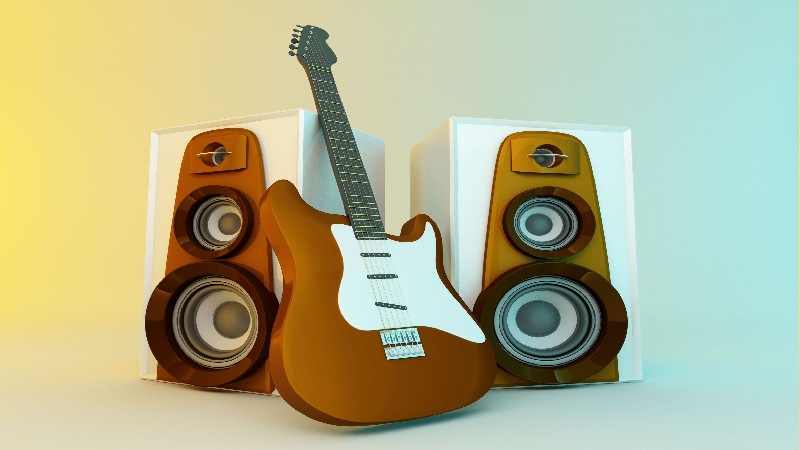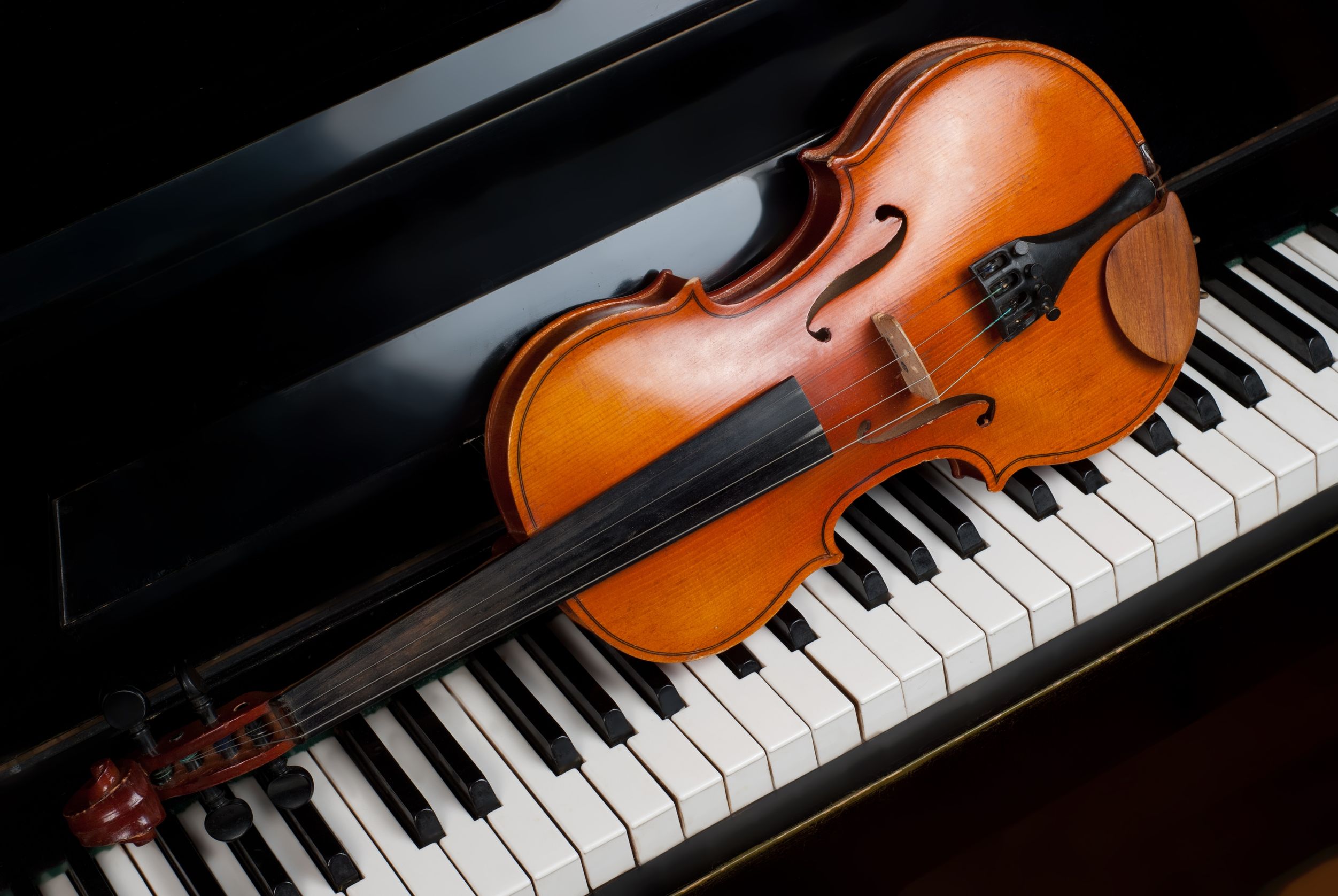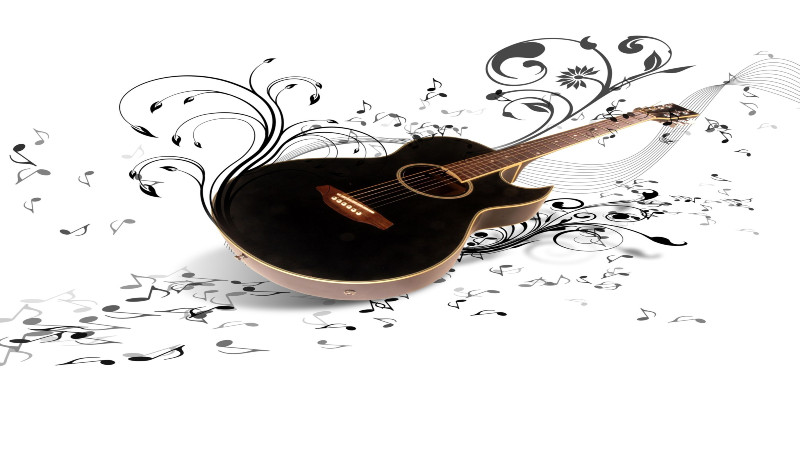Guitar pedals have revolutionized the world of music, offering guitarists a plethora of sonic possibilities. For beginners, diving into the vast ocean of guitar effects can be both exciting and overwhelming. This guide aims to demystify the beginner guitar pedal, helping newcomers make informed decisions and embark on their musical journey with confidence.
Understanding the Essence of a Guitar Pedal
A guitar pedal, in its simplest form, alters the sound of your guitar. By pressing down on the pedal, you can introduce various effects, from distortion and delay to reverb and chorus. These effects can transform a simple guitar tone into something rich, layered, and complex.
Why Every Beginner Should Consider a Guitar Pedal
1. Versatility: With a single pedal, you can explore a range of tones and styles. Whether you’re playing blues, rock, or jazz, a pedal can elevate your sound.
2. Creativity Boost: Experimenting with different effects can inspire new song ideas and riffs.
3. Performance Enhancement: On stage, a pedal can help you switch between tones swiftly, ensuring a seamless performance.
Choosing Your First Guitar Pedal
When selecting your first beginner guitar pedal, consider the following:
• Type of Effect: Determine the sound you’re aiming for. Do you want a crunchy distortion or a dreamy delay? Your musical preferences will guide this choice.
• Budget: Guitar pedals come in various price ranges. Set a budget and find the best pedal within that range.
• User-Friendliness: As a beginner, opt for a pedal that’s easy to use with clear controls.
Popular Effects for Beginners
1. Distortion: Adds grit and edge to your sound, perfect for rock and metal genres.
2. Delay: Introduces echoes to your playing, creating a spacious sound.
3. Reverb: Adds depth and ambiance, emulating the sound of playing in different spaces.
Setting Up Your Guitar Pedal
Once you’ve chosen your pedal, it’s time to integrate it into your setup:
1. Connect your guitar to the pedal’s input using a standard instrument cable.
2. Connect the pedal’s output to your amplifier.
3. Power up the pedal using a battery or an adapter.
4. Experiment with the settings to find your desired tone.
Tips for Using Your Guitar Pedal
• Start Simple: Begin with one effect and understand its nuances before adding more pedals to your chain.
• Experiment: Spend time tweaking the settings. Even minor adjustments can produce drastically different sounds.
• Research: Watch tutorials and read articles to gather insights from experienced guitarists.
Conclusion
Embarking on the journey of exploring guitar pedals is thrilling. With the right beginner guitar pedal, you can unlock a world of sonic possibilities, enhancing your playing and musical expression. As you delve deeper into the realm of effects, remember to trust your ears and enjoy the process of discovery.
In the world of guitar effects, there’s a name that stands out, not just for its exceptional products but also for its commitment to quality and innovation. That name is SoloDallas. Their dedication to crafting top-tier guitar equipment has made them a favorite among many legendary artists. If you’re looking to elevate your guitar sound, exploring what SoloDallas offers might just be the next step in


